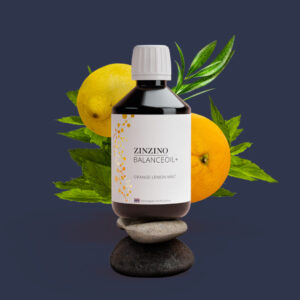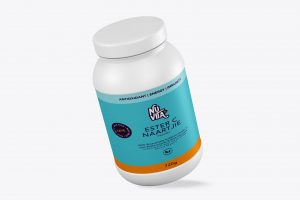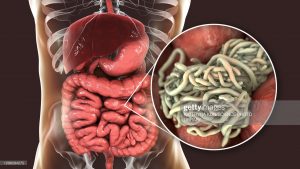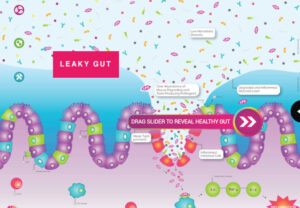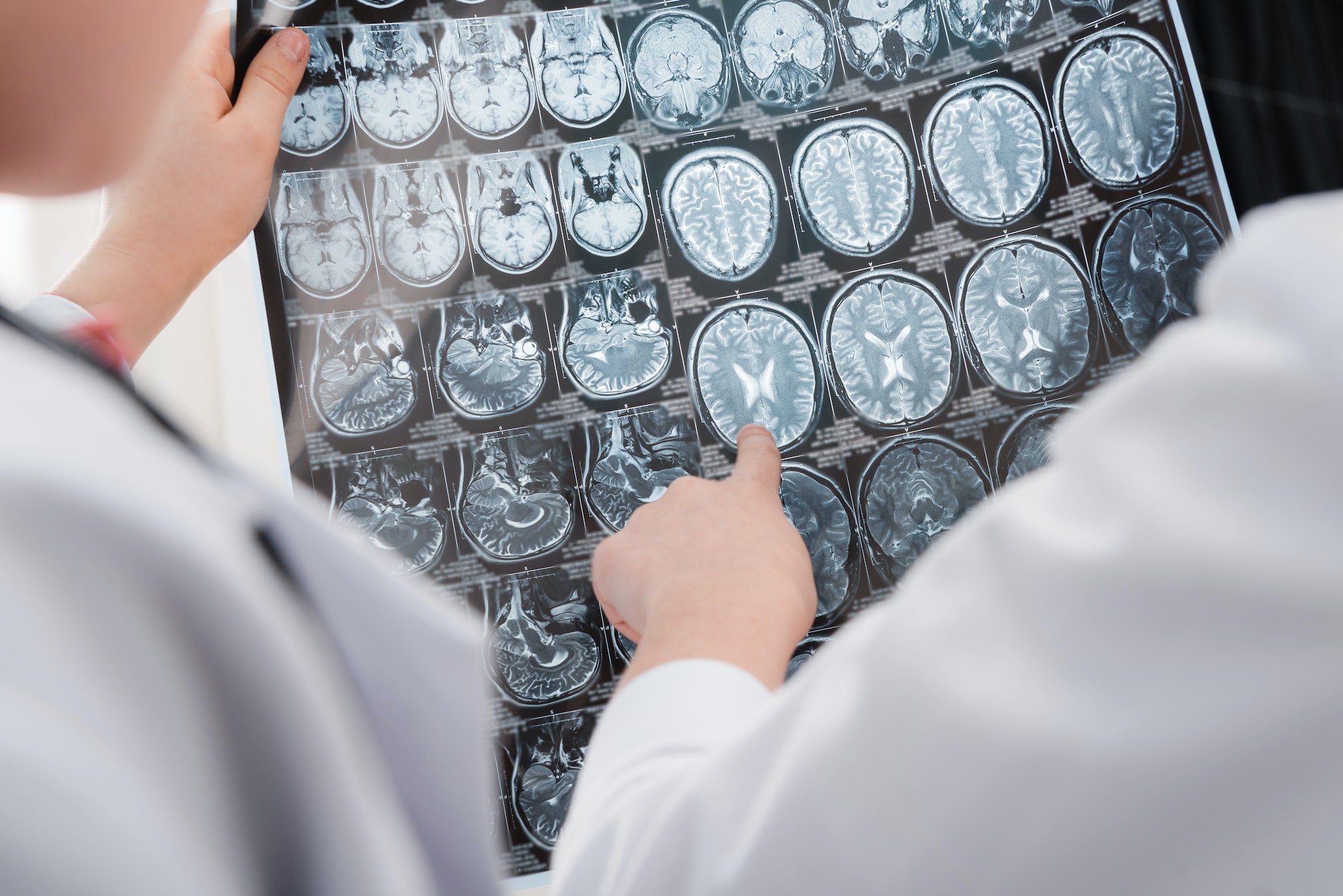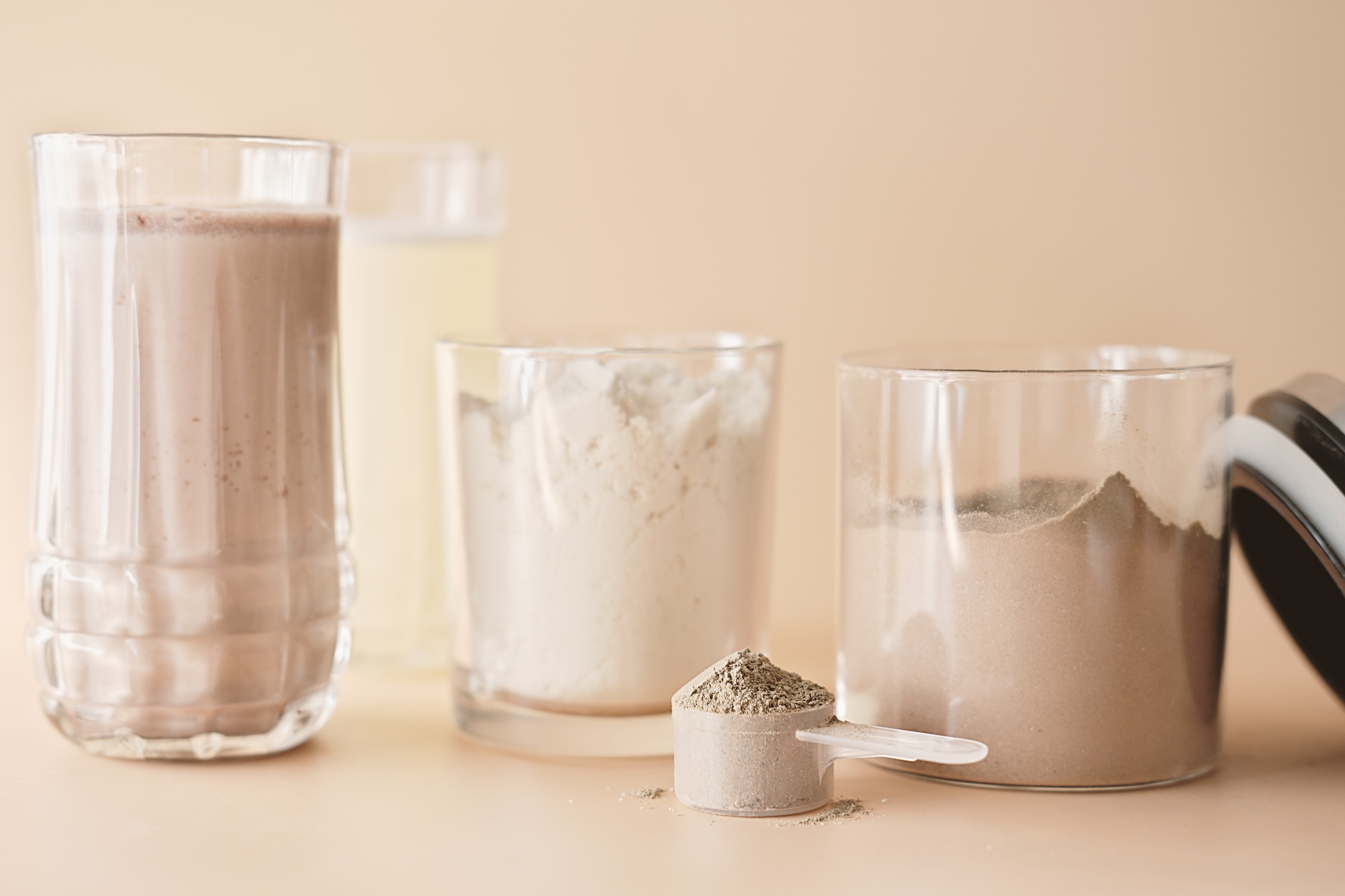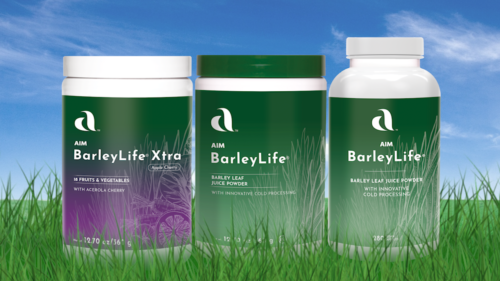Sodium Bicarbonate (Baking Soda): Every Cancer Patients Best Friend
Cancer cells have a lower pH than surrounding tissue, sodium bicarbonate cancer treatments work by increasing pH.
As if it were not humiliating enough for orthodox oncologists to learn that the lowly chemical sodium bicarbonate (baking soda) is important in the treatment of cancer now they have to swallow the research pointing to the fact that bicarbonate can also be used to diagnose cancer in its earliest stages. Oncologists do understand and know that bicarbonate is necessary to protect their patients from the toxicity and harm done by highly toxic chemicals used in chemotherapy. They also know it is of extraordinary help to patients receiving radiation treatments protecting as it does the kidneys and other tissues of the body from radioactive damages.
Oncologists should also know that bicarbonate-induced extracellular alkalinization leads to significant improvements in the therapeutic effectiveness of certain chemo agents. A number of studies have shown that the extracellular pH in cancers is typically lower than that in normal tissue and that an acidic pH promotes invasive tumor growth in primary and metastatic cancers. The external pH of solid tumors is acidic as a consequence of increased metabolism of glucose and poor perfusion. Acid pH has been shown to stimulate tumor cell invasion and metastasis in vitro and in cells before tail vein injection in vivo.
Researchers have investigated the very reasonable assumption that increased systemic concentrations of pH buffers would lead to reduced intratumoral and peritumoral acidosis and, as a result, inhibit malignant growth. It has been shown that increased serum concentrations of the sodium bicarbonate (NaHCO3) can be achieved via oral intake. These researchers found that consequent reduction of tumor acid concentrations significantly reduces tumour growth and invasion without altering the pH of blood or normal tissues.[1]
Oral NaHCO3 selectively increased the pH of tumors and reduced the formation of spontaneous metastases in mouse models of metastatic breast cancer. NaHCO3 therapy also reduced the rate of lymph node involvement and significantly reduced the formation of hepatic metastases. Acid pH was shown to increase the release of active cathepsin B, an important matrix remodeling protease.[2]
We know that bicarbonate turns to CO2 easily when dissolved in water as it enters the stomach but few know that cancerous tissue turns bicarbonate into carbon dioxide. A few years ago a United Kingdom Cancer Research team found MRI scans were able to track changes in bicarbonate and therefore identify cancers even in the very early stages.
Sodium Bicarbonate and Cancer Research
All cancer has a lower pH, meaning it is more acidic than surrounding tissue. Working with mice, the researchers boosted the MRI sensitivity more than 20,000 times. Using MRI, they looked to see how much of the tagged bicarbonate was converted into carbon dioxide within the tumor. In more acidic tumors, more bicarbonate is converted into carbon dioxide.
Lead researcher Professor Kevin Brindle, from Cancer Research UK’s Cambridge Research Institute at the University of Cambridge, said: “This technique could be used as a highly-sensitive early warning system for the signs of cancer. By exploiting the body’s natural pH balancing system, we have found a potentially safe way of measuring pH to see what’s going on inside patients. MRI can pick up on the abnormal pH levels found in cancer and it is possible that this could be used to pinpoint where the disease is present and when it is responding to treatment.”
Special Note: In Sodium Bicarbonate – Rich Man’s Poor Man’s Cancer Treatment it is stressed that sodium bicarbonate cancer treatment is not a standalone single shot treatment. It should always be used in conjunction with a full protocol that includes most importantly magnesium chloride, iodine and selenium plus a naturopathic approach to diet, intestinal cleaning, sun exposure and many other helpful things.
References
[1] Cancer Research 69, 2677, March 15, 2009. Published Online First March 10, 2009; doi: 10.1158/0008-5472.CAN-08-2394
[2] Cancer Res 2009;69(6):2260–8
Dr. Mark SircusAC., OMD, DM (P)
Professor of Natural Oncology, Da Vinci Institute of Holistic Medicine
Doctor of Oriental and Pastoral Medicine
Founder of Natural Allopathic Medicine

